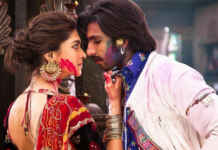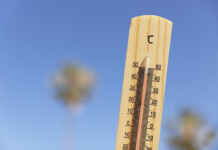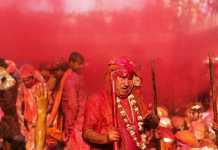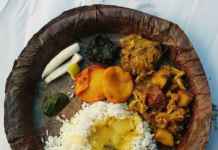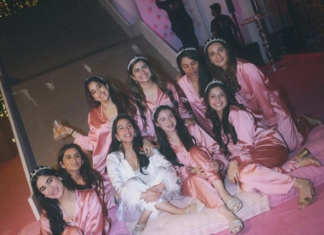
Nowhere in the world is the unique bond of love between a brother and sister celebrated like in India. We have two festivals which mark the importance of this relationship – Raksha Bandhan and Bhai Dooj.
How is Bhai Dooj celebrated?
After Diwali, sisters start gearing up for Bhai Dooj which falls two days after Diwali. According to Bhai Dooj (or Tikka as Punjabi’s call it) sisters put an auspicious tilak on the forehead of the brothers and perform an aarti. This is said to be a sign protection from evils, the vermilion tikka depicts vijay or winning. Brothers in return give their sisters with gifts gifts, goodies, cash and blessings.
When is Bhai Dooj celebrated?
Bhai Dooj is celebrated every year on the fifth or last day of Diwali, which falls on new moon night. ‘Dooj’ also means the second day after new moon, and ‘Bhai’ means brother.
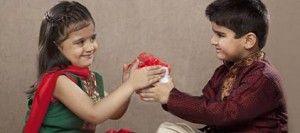
What are the myths and legends behind Bhai Dooj?
Bhai Dooj is also called ‘Yama Dwiteeya’ it’s believed that on this day, Yamaraj, the Lord of Death, visits his sister Yami who puts the auspicious mark on his forehead and prays for his well being. So it’s said that anyone who receives a tilak from his sister would never go to hell after death.
Another legend says that on this day Lord Krishna, after slaying Narakasura demon, went to visit his sister Subhadra who welcomed him the lamp, flowers and sweets, and put a vermilion tilak on her brother’s forehead.
Another story behind Bhai Dooj is that Mahavir, the founder of Jainism, attained nirvana, his brother King Nandivardhan missed him and was comforted by his sister Sudarshana. Since then, women started celebrating Bhai Dooj.
What is the significance of Bhai Dooj?
Like all Hindu festivals, Bhai Dooj also celebrates family ties. It is important for married women who get to spend time with their family post Diwali and share stories.




